Related:

Today we refresh our understanding of energy-related best practice literature according to the topical tranches we have deployed since 2023:
Energy 200: Codes and standards for building premise energy systems. (Electrical, heating and cooling of the building envelope)
Energy 300: Codes and standards that support the energy systems required for information and communication technology
IEEE Energy Efficiency in Data Centers
ISO/IEC 30134 Series | CENELEC EN 50600 Series
ASHRAE 90.4 Energy Standard for Data Centers
ENERGY STAR Data Center Storage
European Code of Conduct for Data Centres Energy Efficiency
TIA-942 Telecommunications Infrastructure Standard for Data Centers
BICSI 002: Data Center Design and Implementation Best Practices, including energy management
Uptime Institute Annual Global Data Center Survey
Energy 400: Codes and standards for energy systems between campus buildings. (District energy systems including interdependence with electrical and water supply)
A different “flavor of money” runs through each of these domains and this condition is reflected in best practice discovery and promulgation. Energy 200 is less informed by tax-free (bonded) money than Energy 400 titles.
Some titles cover safety and sustainability in both interior and exterior energy domains so we simply list them below:
ASME A13.1 – 20XX, Scheme for the Identification of Piping Systems | Consultation closes 6/20/2023
ASME Boiler Pressure Vessel Code
ASME BPVC Codes & Standards Errata and Notices
ASHRAE International 90.1 — Energy Standard for Buildings Except Low-Rise Residential Buildings
2018 International Green Construction Code® Powered by Standard 189.1-2017
NFPA 855 Standard for the Installation of Stationary Energy Storage Systems
IEEE Electrical energy technical literature
ASTM Energy & Utilities Overview
Underwriters Laboratories Energy and Utilities
There are other ad hoc and open-source consortia that occupy at least a niche in this domain. All of the fifty United States and the Washington DC-based US Federal Government throw off public consultations routinely and, of course, a great deal of faculty interest lies in research funding.
Please join our daily colloquia using the login credentials at the upper right of our home page.
ICYMI – here is our 50th anniversary lecture from Professor Helen Thompson on the 1970s energy crises and what we can learn from it, with some great questions from our audience! https://t.co/9XUqc3fx5f pic.twitter.com/zHvqY8HYL1
— Clare College (@ClareCollege) March 9, 2023
More
United States Department of Energy
International Energy Agency World Energy Outlook 2022
International Standardization Organization
Energy and heat transfer engineering in general
Economics of Energy, Volume: 4.9 Article: 48 , James L. Sweeney, Stanford University
Helmholtz and the Conservation of Energy, By Kenneth L. Caneva, MIT Press
NRG Provides Strategic Update and Announces New Capital Allocation Framework at 2023 Investor Day
From our video archive:
Ask me why pic.twitter.com/zQIpuI7vCh
— Grace S. Vanderhei (@GraceMVanderhei) August 23, 2023
Net Position 2025: $814,610 (000) Page 7
#BrockU is applying to @TIPS_SPIIE Canada Excellence Research Chairs program with the goal of securing a #CERC in Sustainable Agriculture for Grape & Wine. Global scholars interested in leading Brock’s CERC team are encouraged to apply. Learn more ➡️ https://t.co/vUlVaymFs8 pic.twitter.com/pOAMTILIS6
— Brock University (@BrockUniversity) August 8, 2025
We have always taken a forward-looking approach to the National Electrical Code (NEC) because there is sufficient supply of NEC instructors and inspectors and not enough subject matter experts driving user-interest ideas into it. Today we approach the parts of the 2023 NEC that cover wiring safety for microgrid systems; a relatively new term of art that appropriates safety and sustainability concepts that have existed in electrotechnology energy systems for decades.
Turn to Part II of Article 705 Interconnected Electric Power Production Sources:
Free Access 2023 National Electrical Code
You will notice that microgrid wiring safety is a relatively small part of the much larger Article 705 Content. There were relatively minor changes to the 2017 NEC in Section 705.50 — but a great deal of new content regarding Microgrid Interconnection Devices, load side connections, backfeeding practice and disconnecting means — as can be seen in the transcripts of Code-Making Panel 4 action last cycle:
Code‐Making Panel 4 Public Input Report (692 Pages)
Code-Making Panel 4 Public Comment Report (352 Pages)
Keep in mind that the NEC says nothing (or nearly very little, in its purpose stated in Section 90.2) about microgrid economics or the life cycle cost of any other electrical installation. It is the claim about economic advantages of microgrids that drive education facility asset management and energy conservation units to conceive, finance, install, operate and — most of all — tell the world about them.
In previous posts we have done our level best to reduce the expectations of business and finance leaders of dramatic net energy savings with microgrids — especially on campuses with district energy systems. Microgrids do, however, provide a power security advantage during major regional contingencies — but that advantage involves a different set of numbers.
Note also that there is no user-interest from the education facility industry — the largest non-residential building construction market in the the United States — on Panel 4. This is not the fault of the NFPA, as we explain in our ABOUT.
The 2023 NEC was released late last year.
The 2026 revision cycle is in full swing with public comment on the First Draft receivable until August 24, 2024. Let’s start formulating our ideas using the 2023 CMP-4 transcripts. The link below contains a record of work on the 2023 NEC:
We collaborate with the IEEE Education & Healthcare Facility Committee which meets online 4 times per month in European and American time zones. Since a great deal of the technical basis for the NEC originates with the IEEE we will also collaborate with other IEEE professional societies.
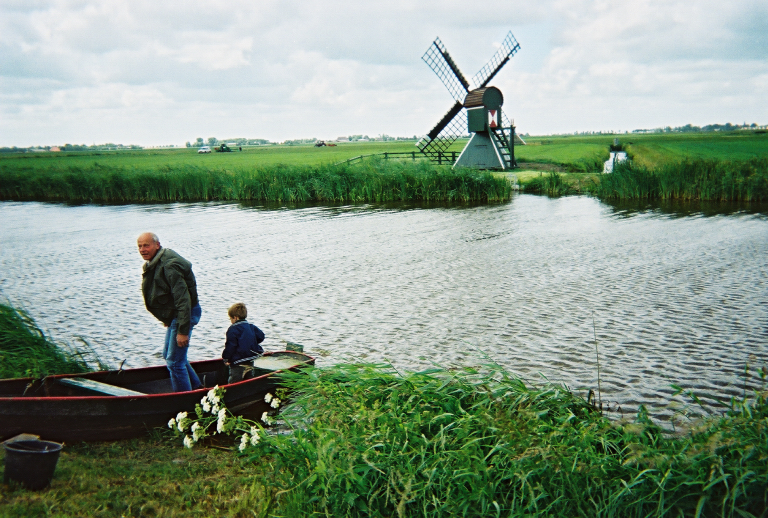
Mike Anthony’s father-in-law and son maintaining the electrical interactive system installed in the windmill that provides electricity to drive a pump that keeps the canal water at an appropriate level on the family farm near Leeuwarden, The Netherlands.
Issue: [19-151]
Category: Electrical, Energy
Colleagues: Mike Anthony, Jim Harvey, Kane Howard, Jose Meijer
2024 Update to ASHRAE Position Statements
List of Titles, Scopes and Purposes of the ASHRAE Catalog
The parent title of this standard is ASHRAE Standard 90.1: Energy Standard for Buildings Except Low-Rise Residential Buildings and is continually under revision; frequently appearing in electrical engineering design guidelines, construction specifications, commissioning and O&M titles in our industry and others.
ASHRAE 90.4 defines an alternate compliance path, specific to data centers, while the compliance requirements for “non-data center” components are contained in ASHRAE 90.1 . The 90.4 structure also streamlines the ongoing maintenance process as well ensures that Standards 90.1 and 90.4 stay in their respective lanes to avoid any overlap and redundancies relating to the technical and administrative boundaries. Updates to ASHRAE 90.1 will still include the alternate compliance path defined in ASHRAE 90.4. Conversely the 2022 Edition of 90.4-2022 refers to ASHRAE 90.1-2022; cross-referencing one another synchronously
Links to noteworthy coverage from expert agencies on the 2022 revisions:
HPC Data Center Cooling Design Considerations
ASHRAE standard 90.4 updates emphasize green energy
ASHRAE updated its standard for data centers
How to Design a Data Center Cooling System for ASHRAE 90.4
Designing a Data Center with Computer Software Modeling
This title resides on the standing agenda of our Infotech 400 colloquium; hosted several times per year and as close coupled with the annual meetings of ASHRAE International as possible. Technical committees generally meet during these meetings make decisions about the ASHRAE catalog. The next all committee conference will be hosted January 20-24, 2024 in Chicago. As always we encourage education industry facility managers, energy conservation workgroups and sustainability professionals to participate directly in the ASHRAE consensus standard development process. It is one of the better facilities out there.
Start at ASHRAE’s public commenting facility:
Online Standards Actions & Public Review Drafts
Update: May 30, 2023
Proposed Addendum g makes changes to definitions were modified in section 3 and mandatory language in Section 6 to support the regulation of process heat and process ventilation was moved in the section for clarity. Other changes are added based on comments from the first public review including changes to informative notes.
Consultation closes June 4th
Update: February 10, 2023
The most actively managed consensus standard for data center energy supply operating in education communities (and most others) is not published by the IEEE but rather by ASHRAE International — ASHRAE 90.4 Energy Standard for Data Centers (2019). It is not required to be a free access title although anyone may participate in its development. It is copyrighted and ready for purchase but, for our purpose here, we need only examine its scope and purpose. A superceded version of 90.4 is available in the link below:
Third ISC Public Review Draft (January 2016)
Noteworthy: The heavy dependence on IEEE power chain standards as seen in the Appendix and Chapter 8. Recent errata are linked below:
We provide the foregoing links for a deeper dive “into the weeds”. Another addendum has been released for consultation; largely administrative:
ASHRAE 90.4 | Pages 60-61 | Consultation closes January 15, 2023.
It is likely that the technical committee charged with updating this standard are already at work preparing an updated version that will supercede the 2019 Edition. CLICK HERE for a listing of Project Committee Interim Meetings.
We maintain many titles from the ASHRAE catalog on the standing agenda of our Mechanical, Energy 200/400, Data and Cloud teleconferences. See our CALENDAR for the next online meeting; open to everyone.
Originally posted Summer 2020.
ASHRAE International has released four new addenda to its energy conservation consensus document ASHRAE 90.4-2016 Energy Standard for Data Centers. This document establishes the minimum energy efficiency requirements of data centers for design and construction, for the creation of a plan for operation and maintenance and for utilization of on-site or off-site renewable energy resources.
It is a relatively new document more fully explained in an article published by ASHRAE in 2016 (Click here). The addenda described briefly:
Addendum a – clarifies existing requirements in Section 6.5 as well as introduce new provisions to encourage heat recovery within data centers.
Addendum b – clarifies existing requirements in Sections 6 and 11 and to provide guidance for taking credit for renewable energy systems.
Addendum d – a response to a Request for Interpretation on the 90.4 consideration of DieselRotary UPS Systems (DRUPS) and the corresponding accounting of these systems in the Electrical Loss Component (ELC). In crafting the IC, the committee also identified several marginal changes to 90.4 definitions and passages in Section 8 that would add further clarity to the issue. This addendum contains the proposed changes for that aim as well as other minor changes to correct spelling or text errors, incorporate the latest ELC values into Section 11, and to refresh information in the Normative Reference.
Addendum e adds language to Section 11 intended to clarify how compliance with Standard 90.4 can be achieved through the use of shared systems.
Comments are due September 6th. Until this deadline you may review the changes and comment upon them by by CLICKING HERE
Education facility managers, energy conservation workgroups and sustainability professionals are encouraged to participate directly in the ASHRAE standard development process. Start at ASHRAE’s public commenting facility:
Online Standards Actions & Public Review Drafts
The ASHRAE catalog is a priority title in our practice. This title appears on the standing agenda of our Infotech sessions. See our CALENDAR for the next online meeting; open to everyone.

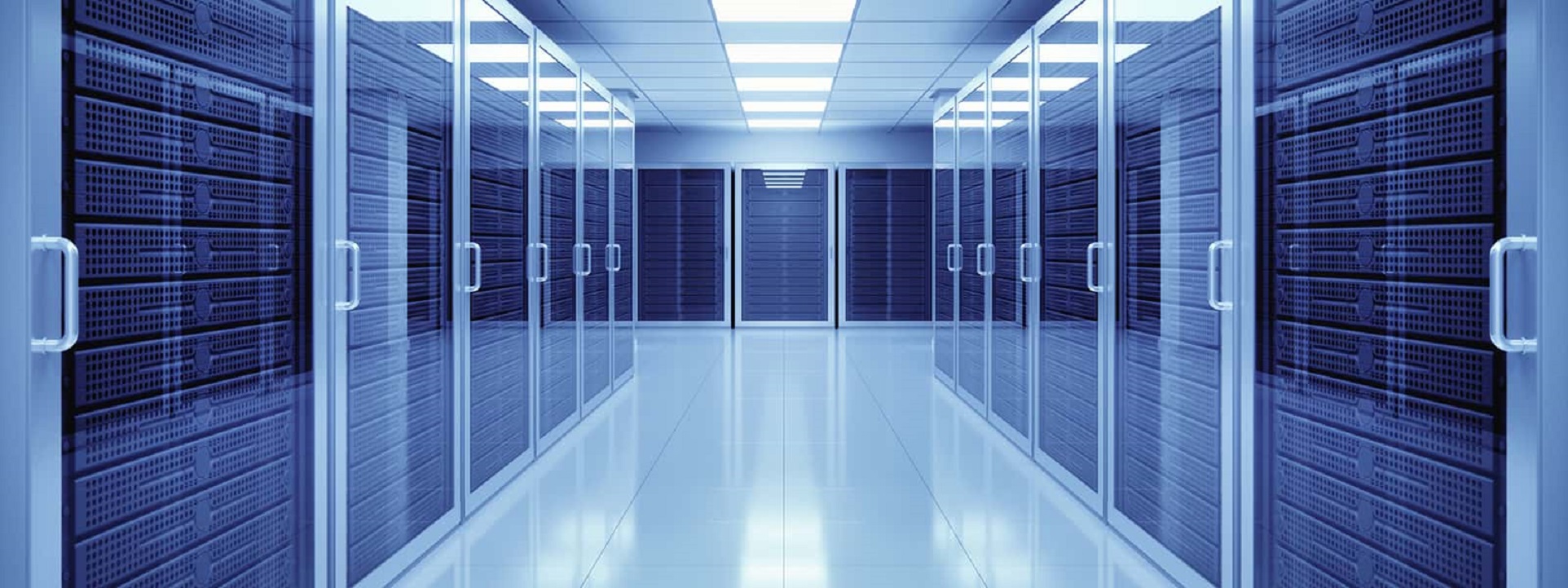
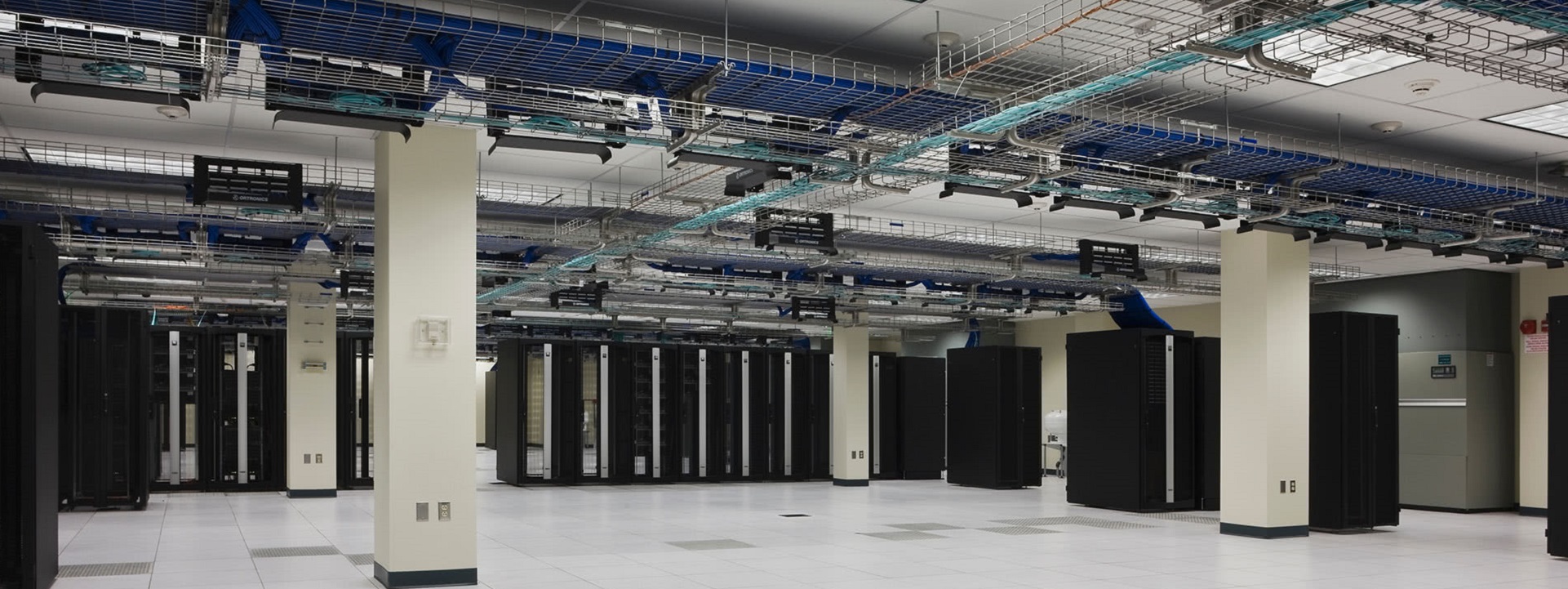
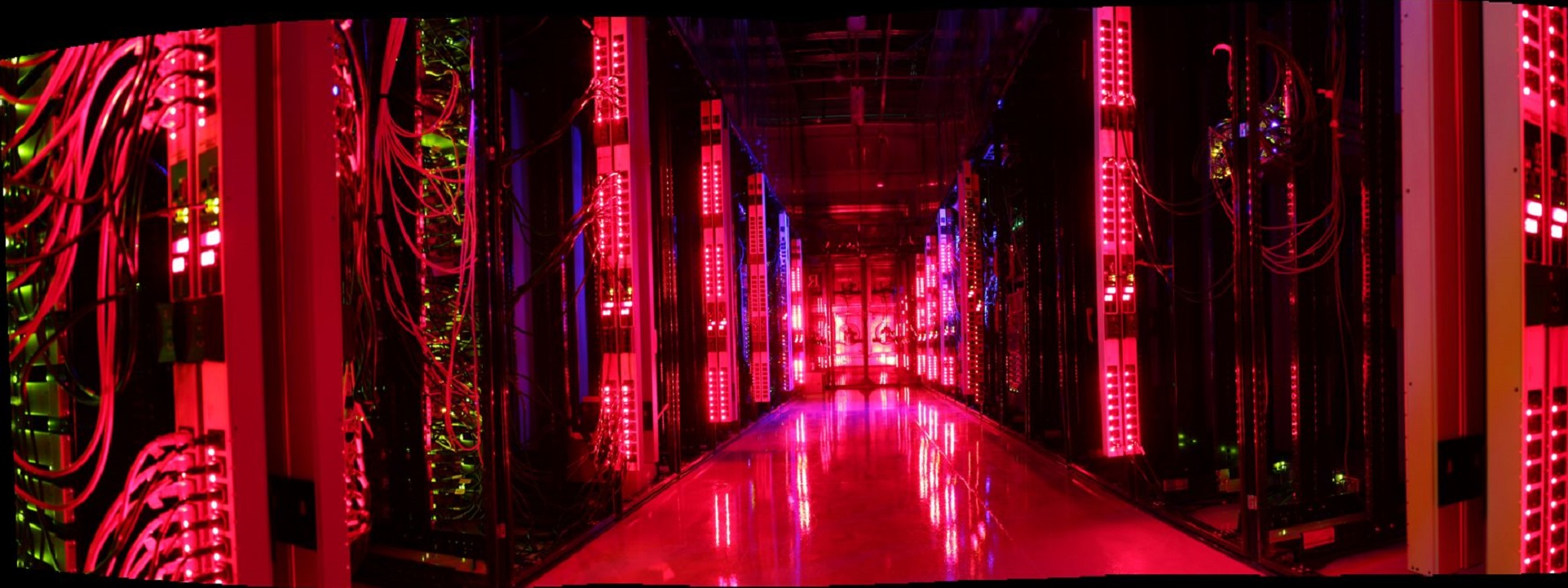


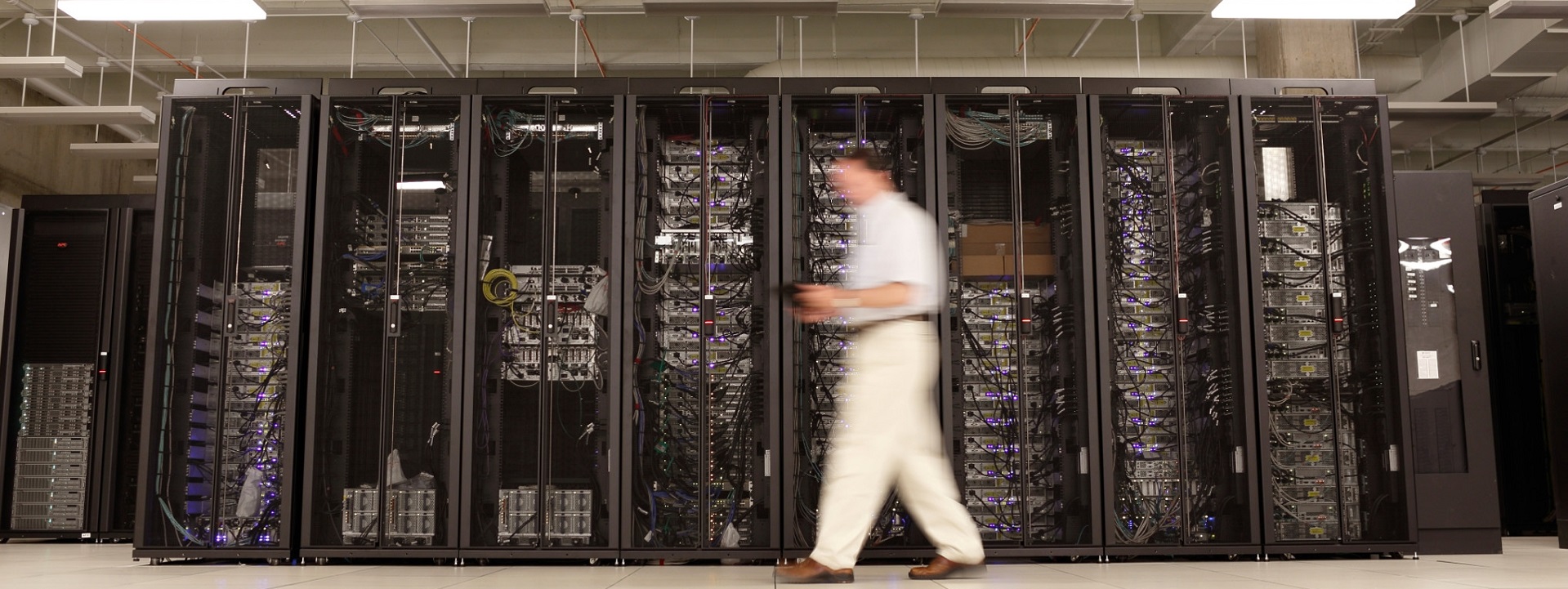
Issue: [12-54]
Category: Telecommunications, Infotech, Energy
Colleagues: Mike Anthony, Robert G. Arno, Neal Dowling, Jim Harvey, Mike Hiler, Robert Schuerger, Larry Spielvogel
Committee Action Hearings Webcasts – Group B #1
Complete Monograph (2630 Pages)
IBC Rebuttal on G153-25 Performance Electrical Design
(response with hyperlinks to supporting research)
Partial listing. We have until July 15th to comment on committee action
Our proposal G153-25: Page 754
Michigan Modular G195-25: Page 859
“Clinical Need” definition for enhanced security: Page 765
“Electric Vehicle Charger” definition by the National Parking Association/Parking Consultant’s Council: Page 457
“EV Charging Space” definition: Page 458
“EV Supply Equipment” definition: Page 460
ADM20-25 Authority of building official in natural disasters and high hazard regions, p141
ASM3-25 Electrical equipment re-use, p195
G2-25. New definition for Animal Housing Facilities, p438
S57-25. Quite a bit of back and forth on wind and PV “farms, p1053, et. al (“Wind and solar farms are different from animal and produce farms” — Mike Anthony)
G143-25 Lighting Section 1204L remote rooms, windowless rooms, University of Texas Austin student accommodation costs, p. 737-
PM31-25 Housekeeping and sanitation in owned property as law, p1794
PM50-25, Sleeping units to be private, p.1829
RB146-25. Energy storage systems installed in garages, requirements for physical protection, p. 2195
RB144-25, Load capacity ratings and compliance with NFPA 855, p. 2186
RB143-25, Working roof walking access around solar panels, p. 2180
SP1-25 New definition of base flood elevation for purpose of correlating requirements for electrical safety, et. al, p. 2578
Link to Track 1 and Track 2 Webcast
The American Society of Mechanical Engineers (ASME) has registered a Project Initiation Notification with ANSI to launch a revision to its consensus product ASME PM-202x, Performance Monitoring for Power Plants. This product should interest stakeholders in involved in college and universities with district energy plants — facility management staffs, consulting engineers, operations and maintenance staff.
From the project prospectus:
These Guidelines cover fossil-fueled power plants, gas-turbine power plants operating in combined cycle, and a balance-of-plant portion including interface with the steam supply system of nuclear power plants. They include performance monitoring concepts, a description of various methods available, and means for evaluating particular applications.
Since the original publication of these Guidelines in 1993—then limited to steam power plants—the field of performance monitoring (PM) has gained considerable importance. The lifetime of plant equipment has been improved, while economic demands have increased to extend it even further by careful monitoring. The PM techniques themselves have also been transformed, largely by the emergence of electronic data acquisition as the dominant method of obtaining the necessary information.
These Guidelines present:
• “Fundamental Considerations”—of PM essentials prior to the actual application, so you enter fully appraised of all the requirements, potential benefits and likelihood of tradeoffs of the PM program.
• “Program Implementation”—where the concepts of PM implementation, diagnostics and cycle interrelationships have been brought into closer conjunction, bringing you up-to-date with contemporary practice.
• “Case Studies / Diagnostic Examples”—from the large amount of experience and historical data that has been accumulated since 1993.
Intended for employees of power plants and engineers involved with all aspects of power production.
From ANSI’s PINS registry:
Project Need: This document is being developed in order to address performance monitoring and optimization techniques for different power generating facilities. The latest trends and initiatives in performance monitoring as well as practical case studies and examples will be incorporated.
Stakeholders: Designers, producers/manufacturers, owners, operators, consultants, users, general interest, laboratories, regulatory/government, and distributors.
This document will cover power generation facilities including steam generators, steam turbines, and steam turbine cycles (including balance of plant of nuclear facilities), gas turbines, and combined cycles. The guidelines include performance monitoring concepts, a description of various methods available, and means for evaluating particular applications.
No drafts open for public consultation at this time. The PINS announcement was placed on October 11th*. The PINS registry is a stakeholder mapping platform that identifies the beginning of a formal process that may interest other accredited, competitor standards developers. Many ASME consensus products may be indirectly referenced in design guidelines and construction contracts with the statement “Conform to all applicable codes”
The landing page for the ASME standards development enterprise is linked below:
Note that you will need to set up a (free) account to access this and other ASME best practice titles.
We maintain all ASME consensus products on the standing agenda of our periodic Mechanical and Energy teleconferences. See our CALENDAR for the next online meeting; open to everyone.
Issue: [19-148]
Category: District Energy, Energy, Mechanical
Colleagues: Richard Robben, Larry Spielvogel
LEARN MORE:
Best practice literature to be covered in our 11 AM session today are listed below. These codes and standards ensure safety, reliability, and compliance for underground electrical and telecommunications installations:
ANSI/TIA-568 Series (Commercial Building Telecommunications Cabling Standards)
IEEE 835 (Standard Power Cable Ampacity Tables)
UL 83 (Standard for Thermoplastic-Insulated Wires and Cables)
OSHA 1910.305 (Wiring Methods, Components, and Equipment)
CSA C22.1 (Canadian Electrical Code)
Notes:
Underground Electrotechnology General Conditions and Standard Details
Related:
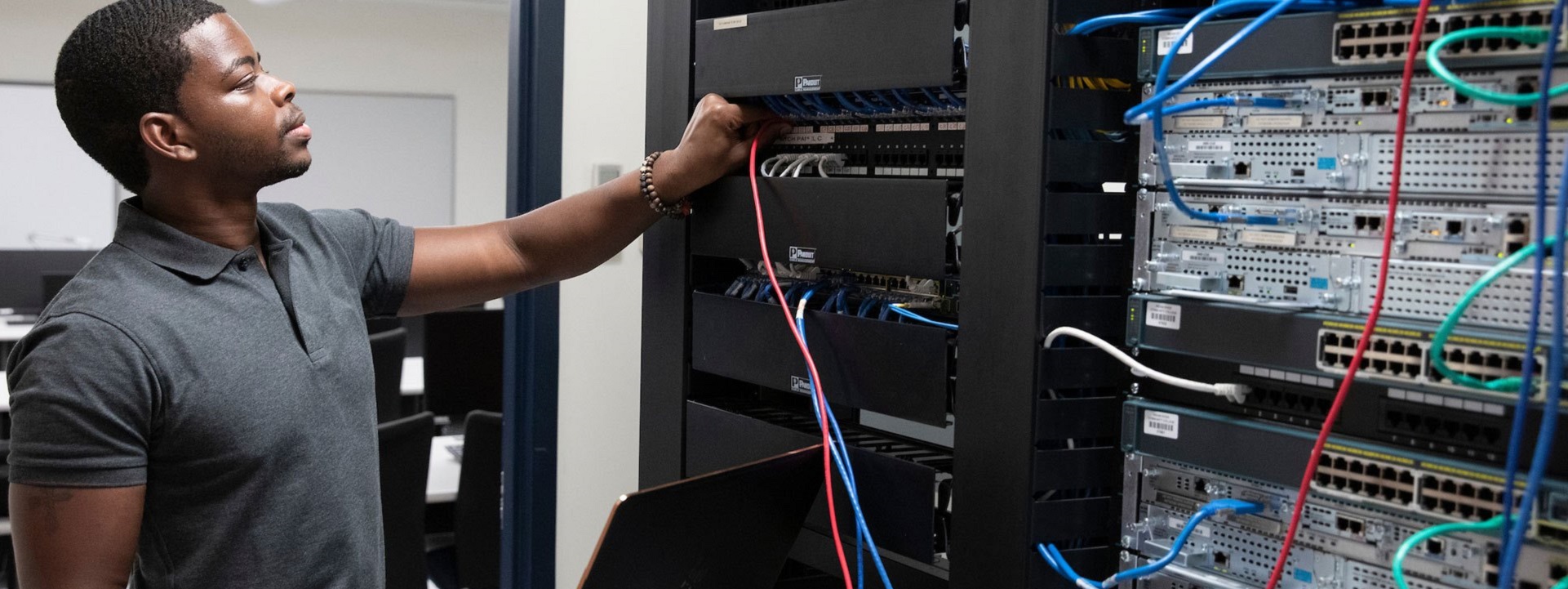


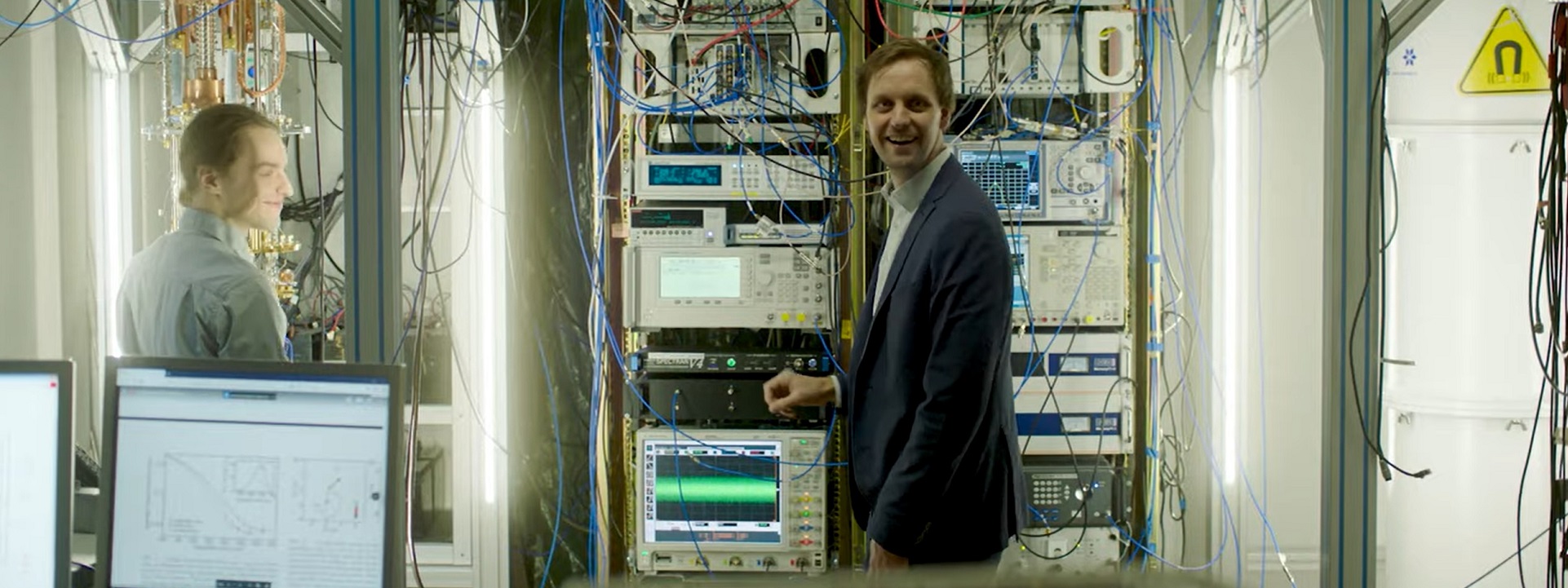
Today we get down in the weeds to examine the point of common coupling between a building and a telecommunication service provider. In many cases the TSP is the university itself.
In an environment of providing multifunctional spaces within one building, it is common to find a combination of commercial, industrial, data center, health care and entertainment environments within just a few buildings; hence our preference for the word “settlements” over the more widely used word “campus”.
ANSI/TIA-568-C series: Telecommunications Cabling Standards. Specifies the requirements for various aspects of structured cabling systems, including cabling components, installation, and testing.
TIA-569-B: Telecommunications Pathways and Spaces. Provides guidelines for the design and installation of pathways and spaces for telecommunications cabling.
TIA-606-B: Administration Standard for Commercial Telecommunications Infrastructure. Specifies administration practices for the telecommunications infrastructure of commercial buildings.
Our inquiry cuts across the catalogs of several other standards developers:
NEC (National Electrical Code). NEC Article 800 specifically addresses the installation of communications circuits and equipment.
ISO/IEC 11801: Information technology — Generic cabling for customer premises. Defines generic telecommunications cabling systems (structured cabling) used for various services, including voice and data.
IEEE 802.3: Ethernet Standards. Defines standards for Ethernet networks, which are commonly used for data communication in buildings.
UL 497: Protectors for Paired Conductor Communications Circuits. Addresses requirements for protectors used to safeguard communications circuits from overvoltage events.
GR-1089-CORE: Electromagnetic Compatibility and Electrical Safety. Published by Telcordia (now part of Ericsson), this standard provides requirements for the electromagnetic compatibility and electrical safety of telecommunications equipment.
FCC Part 68: Connection of Terminal Equipment to the Telephone Network. Outlines the technical requirements for connecting terminal equipment to the public switched telephone network in the United States.
Local building codes and regulations also include requirements for the installation of telecommunication service equipment.
TIA recently collaborated with @CanEmbUSA to host a thought-provoking discussion on Building Trusted Global Networks Together. We left the event feeling confident that through collaboration and innovation, we can unlock the full potential of the connected world! pic.twitter.com/Bei2FeW38X
— TIA (@TIAonline) November 15, 2023
Last update: October 12, 2019
All school districts, colleges, universities and university-affiliated health care systems have significant product, system, firmware and labor resources allocated toward ICT. Risk management departments are attentive to cybersecurity issues. All school districts, colleges, universities and university-affiliated health care systems have significant product, system, firmware and labor resources allocated toward ICT.
The Building Industry Consulting Service International (BICSI) is a professional association supporting the advancement of the ICT community. This community is roughly divided between experts who deal with “outside-plant” systems and “building premise” systems on either side of the ICT demarcation point. BICSI standards cover the wired and wireless spectrum of voice, data, electronic safety & security, project management and audio & video technologies. Its work is divided among several committees:
BICSI Standards Program Technical Subcommittees
BICSI International Standards Program
BICSI has released for public review a new consensus document that supports education industry ICT enterprises: BICSI N1 – Installation Practices for Telecommunications and ICT Cabling and Related Cabling Infrastructure. You may obtain a free electronic copy from: standards@bicsi.org; Jeff Silveira, (813) 903-4712, jsilveira@bicsi.org.
Comments are due November 19th.
You may send comments directly to Jeff (with copy to psa@ansi.org). This commenting opportunity will be referred to IEEE SCC-18 and the IEEE Education & Healthcare Facilities Committee which meets 4 times monthly in American and European time zones and will meet today. CLICK HERE for login information.
Issue: [18-191]
Category: Telecommunications, Electrical, #SmartCampus
Colleagues: Mike Anthony, Jim Harvey, Michael Hiler
Readings:
What is Grounding and Bonding for Telecommunication Systems?
New update alert! The 2022 update to the Trademark Assignment Dataset is now available online. Find 1.29 million trademark assignments, involving 2.28 million unique trademark properties issued by the USPTO between March 1952 and January 2023: https://t.co/njrDAbSpwB pic.twitter.com/GkAXrHoQ9T
— USPTO (@uspto) July 13, 2023
Standards Michigan Group, LLC
2723 South State Street | Suite 150
Ann Arbor, MI 48104 USA
888-746-3670
